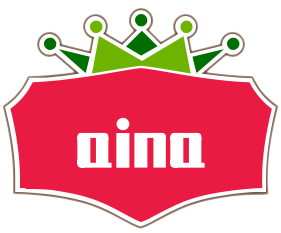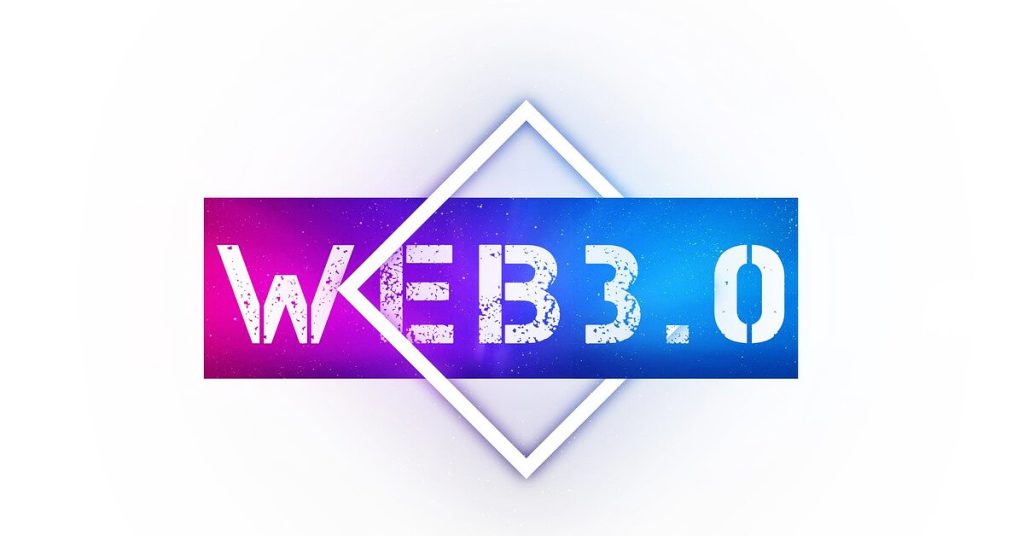OpenLedger is a decentralized blockchain platform focused on building infrastructure for artificial intelligence (AI) applications.
The project has raised $8 million in funding from prominent investors such as Polychain Capital, Hash3, and Haskey Capital, positioning it as a key player in the intersection of blockchain and AI technology.
It combines blockchain technology with AI and decentralized physical infrastructure networks (DePIN), aiming to create a robust and decentralized AI ecosystem where users can participate by running nodes and engaging with the community.
What Is the OpenLedger Airdrop?
The OpenLedger airdrop is a rewards program designed to incentivize early participants who contribute to the network during its testnet phase.
Participants earn points, often called Heartbeats or PTS, by running nodes, completing missions, and engaging in social media activities.
These points will later convert into OpenLedger tokens once the project launches its mainnet and conducts its token generation event (TGE).
How Does OpenLedger Work?
OpenLedger operates through several key components, each playing a crucial role in its ecosystem:
(1) Datanets (Data Networks)
Datanets are specialized data marketplaces within OpenLedger, each focused on a particular domain (e.g., healthcare, music, social media).
Anyone—individuals, companies, or experts—can upload their data to these Datanets.
The data is then cleaned and organized into training materials for AI models. Blockchain technology ensures that every upload and usage is recorded, guaranteeing transparency and immutability.
Example: A game streamer uploads their live broadcast clips to a “Gaming Datanet.”
If a company uses these clips to train an AI model for generating gaming commentary videos, the blockchain records how many times the streamer’s clips were used.
The streamer is then compensated based on this usage.
(2) Proof of Attribution (PoA)
PoA is OpenLedger’s core technology, functioning as a “data attribution” mechanism.
It tracks the impact of each data source on the output of an AI model and fairly distributes credit to contributors.
Example: An AI model generates a new story using data from a writer’s uploaded short stories.
PoA identifies that 30% of the new story’s inspiration comes from the writer’s work, and the writer automatically receives 30% of the revenue generated by the story.
Blockchain ensures that this attribution process is transparent and tamper-proof, with smart contracts automatically distributing rewards to contributors.
(3) Payable AI
Payable AI is OpenLedger’s vision of making AI models self-sustaining assets.
Developers can deploy their AI models on OpenLedger, and users pay to use them.
The revenue is then automatically split among data contributors and model developers.
Example: A company develops a medical diagnostic AI model and deploys it on OpenLedger.
When doctors use the model to analyze patient data, they pay a fee.
This fee is distributed to the hospitals that provided the medical data and the engineers who trained the model, all managed transparently via blockchain.
(4) Decentralized Network
OpenLedger operates on a decentralized network, meaning data and computations are not stored on a single server but distributed across the network.
This approach enhances security, resilience, and trust in the system.
How to Participate in the OpenLedger Airdrop
Participation in the OpenLedger airdrop involves several straightforward steps:
Create an account on the OpenLedger testnet website by signing in with a Google account.
Download and install the OpenLedger node extension on Chrome or use the Kiwi or Mises browser for mobile users to install the extension.
Log in to the extension using the same account credentials.
Run the node extension and keep it active to accumulate points automatically.
Complete daily login bonuses and missions found in the “Missions & Rewards” section on the dashboard.
Engage on social media, particularly Twitter/X, by retweeting, liking, and commenting with the hashtag #Opnup to earn additional points.
Android users can also participate by installing the OpenLedger node app from Google Play, which allows earning points while the app remains open.
Key Features and Rewards Structure
The airdrop program is organized in epochs, with Epoch 2 currently active. Epoch 1 node runners receive priority access to run nodes in Epoch 2.
Daily login bonuses reward consistent participation, with 200 points for a 7-day streak and 400 points for 14 days.
The Engage to Earn” program incentivizes active social media participation, which can significantly boost point accumulation.
Points earned during the testnet phase will be converted into OpenLedger tokens upon the official launch of the project.
Current Status and Outlook
As of mid-2025, OpenLedger’s testnet includes active Chrome Extension and Android nodes, with PC nodes expected soon to broaden participation options.
The project continues to refine its data intelligence layer and community engagement mechanisms.
Although the exact timeline for token conversion and listing is not yet announced, early involvement in the airdrop positions participants well for future benefits.
Conclusion
The OpenLedger airdrop offers a valuable opportunity for both beginners and experienced crypto enthusiasts to engage with a cutting-edge blockchain-AI project.
By running nodes, completing missions, and participating in social media activities, users can accumulate points that will convert into tokens, potentially yielding significant rewards once the project launches its mainnet.
The airdrop’s simple participation steps and multiple earning avenues make it accessible and worthwhile for those interested in decentralized AI ecosystems and blockchain innovation.
This summary provides a clear guide to OpenLedger’s airdrop, highlighting how to participate, the rewards structure, and the project’s current status and future potential.

